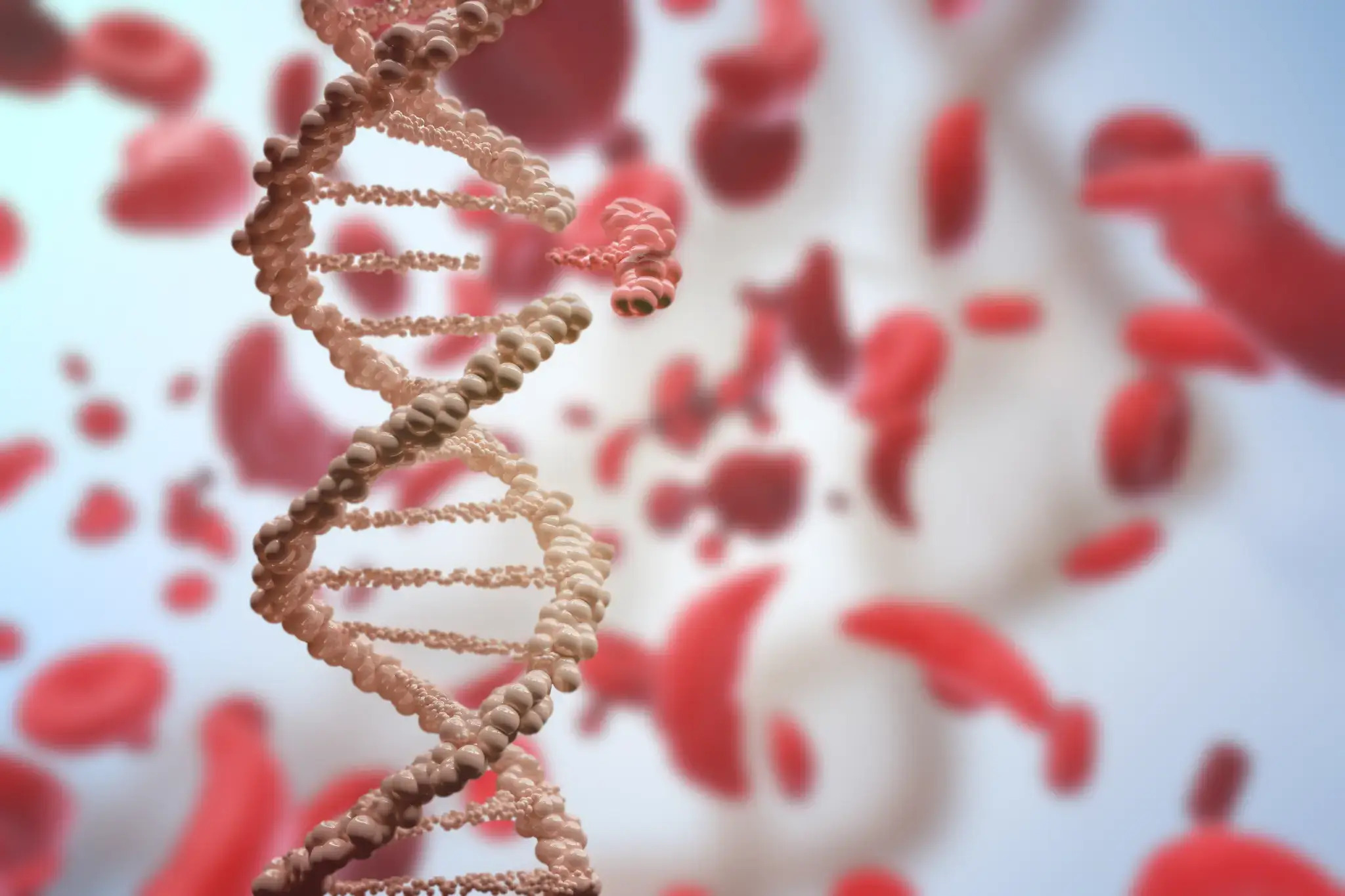A major breakthrough in the treatment of sickle cell disease (SCD) has been achieved with the recent approval of a new gene therapy by the National Health Service (NHS) in England. This groundbreaking development offers renewed hope to patients suffering from the debilitating effects of this genetic disorder. With the potential to transform the lives of millions, this revolutionary therapy provides a long-term, and possibly permanent, solution for individuals who currently depend on blood transfusions and painful treatments to manage their condition.
Sickle cell disease is a hereditary blood disorder that affects hemoglobin, the protein in red blood cells responsible for carrying oxygen throughout the body. In individuals with SCD, the hemoglobin is defective, causing red blood cells to become rigid and crescent-shaped. Unlike the flexible, round cells that easily flow through blood vessels, these abnormally shaped cells can clump together and block small blood vessels. According to the National Heart, Lung, and Blood Institute, such blockages can result in severe pain, organ damage, strokes, and even premature death.
SCD primarily affects individuals of African, Mediterranean, Middle Eastern, and Indian ancestry and impacts over 8 million people worldwide. Standard treatments for SCD include pain management, regular blood transfusions, and medications such as hydroxyurea. Approved by the FDA in 1998, hydroxyurea reduces the sickling of red blood cells and helps prevent serious symptoms. However, while these treatments can alleviate symptoms, they do not address the root cause of the disease.
Gene therapy has emerged as a promising solution, offering the potential to permanently correct the genetic mutations underlying SCD. This innovative approach involves altering or replacing the faulty genes in a patient’s cells, effectively addressing the root cause of the disorder.
The newly approved gene therapy, known as Exagamglogene Autotemcel (exa-cel), has demonstrated extraordinary success in clinical trials. Developed by Bluebird Bio, this treatment uses a patient’s own stem cells to produce healthy red blood cells capable of generating functional hemoglobin.
The treatment process begins with the collection of a patient’s stem cells, either through a simple blood draw or bone marrow aspiration. These stem cells are then modified in a laboratory using a specially engineered virus to insert a corrected version of the faulty gene responsible for hemoglobin production. The viral vector introduces a functional copy of the beta-globin gene, a critical component of hemoglobin into the patient’s stem cells.
After modification, the corrected cells are infused back into the patient. These cells begin producing red blood cells that are no longer sickle-shaped and can flow freely through blood vessels. As the corrected blood cells multiply, they gradually replace the defective ones, leading to significant symptom improvement and a dramatic reduction in sickle cell crises.
Clinical trials of exa-cel have delivered promising results. One of the most compelling outcomes is the substantial reduction in painful sickle cell crises. Patients undergoing gene therapy have experienced fewer hospitalizations, a reduced reliance on blood transfusions, and a significant improvement in overall quality of life. Furthermore, the therapy has been shown to increase the production of healthy red blood cells capable of efficiently transporting oxygen throughout the body.
The approval of exa-cel marks a significant milestone in the quest for curative treatments for SCD. While challenges remain including the need for specialized manufacturing and the high cost of treatment. The results to date have been revolutionary. Early evidence suggests that the therapy could provide long-lasting benefits, potentially offering a lifelong cure for many patients.
Currently, the treatment is available only to patients with severe forms of SCD who have not responded to other therapies. Additionally, the procedure involves complex steps, such as stem cell collection, gene modification, and reinfusion, which carry inherent risks, including infections and adverse reactions.
